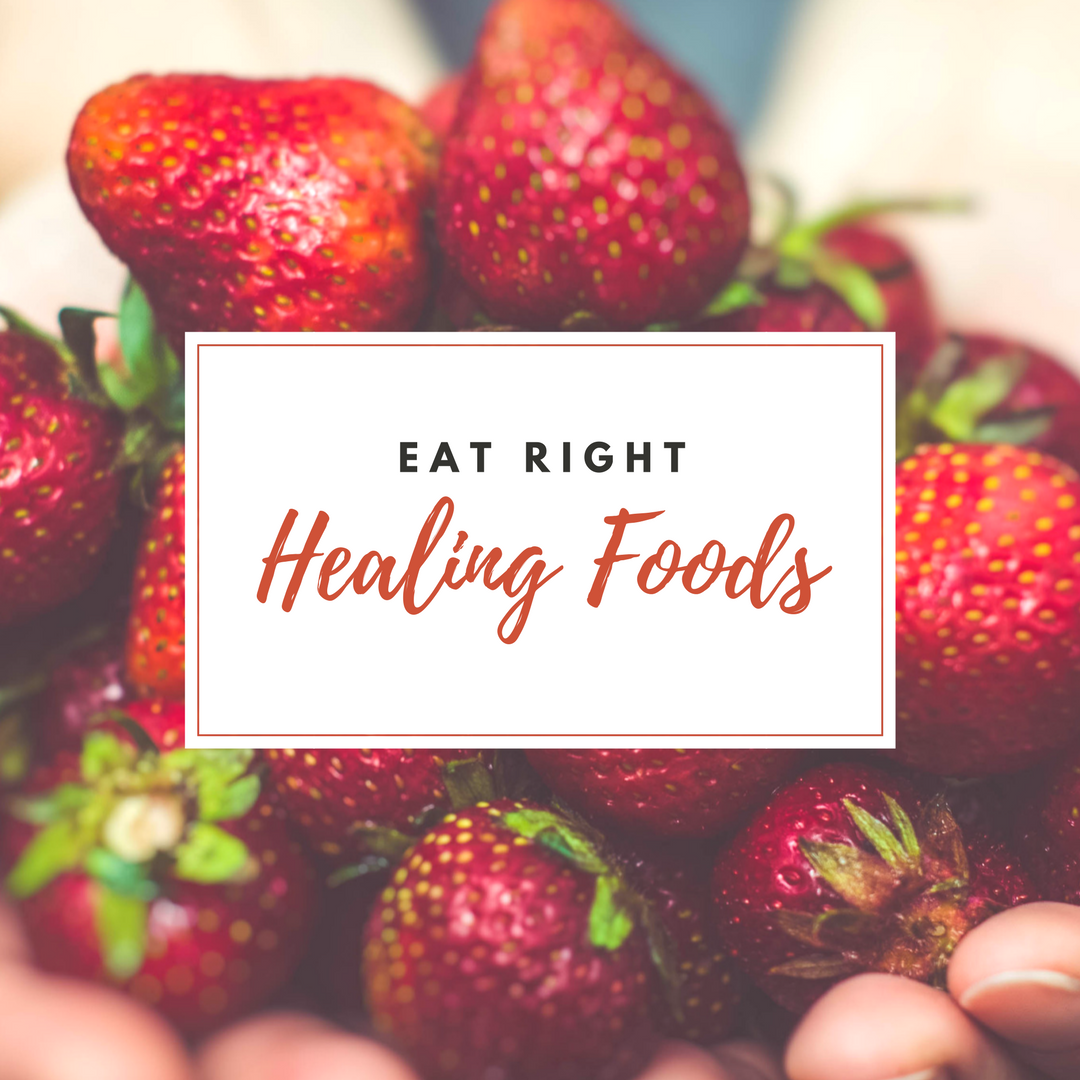As a volleyball player, getting hurt happens. Injuries can be a super downer to your momentum and psyche. It can be disheartening and frustrating when you can’t train to your full capacity.
Depending on the injury, research shows that icing, massage, compression, rest, strength work and elevation are all helpful components treatment for injuries. Thankfully, food is another component. Healing foods aid with muscle recovery, tendon injuries and help decrease time to get back into rotation. Your body is built to heal from the inside out. Eating foods to support recovery is extremely important in the healing process. If you provide the right foods and nutrients for your body during recovery and healing, the duration of an injury can be shortened.
We will be talking about the top 6 types of helpful foods for recovery! These foods should be incorporated daily, if possible. When we focus on the foods to add, it helps decrease the foods that may be slowing us down.
Healing Foods #1 - Vitamin C
What does it do?
Vitamin C, also known as ascorbic acid, is required to synthesize collagen. Collagen is a protein your body uses to make connective tissues such as tendons, ligaments and skin.
Vitamin C is also an antioxidant that has been shown to increase oxygen levels in healing tissues. Oxygen aids in providing the area of need with the needed energy to heal. Clinical studies provide evidence that wound healing in people not deficient in vitamin C can be significantly accelerated with including more Vitamin C than the recommended daily allowance (RDA).
How much..?
Vitamin C is a water soluble vitamin. If the amount is over what the body can absorbed, much as the extra is flushed out. Adults recommended daily intake is 65-90mg a day, with an upper limit (over this amount is not recommended) of 2,000mg per day. Studies show supplementing 1-2 grams (1,000-2,000mg) daily from wound onset until healing is complete.
Foods with vitamin C…
Think: orange, yellow, green and red. Here are some foods with a good amount of vitamin C along with the amount per serving.
· Citrus fruit (oranges, lemons, limes, grapefruit) (80mg/cup)
· Bell peppers (95mg/half cup)
· Tomatoes (17mg/1 medium)
· Dark leafy greens (20mg/cup)
· Brussels sprouts (100mg/cup)
· Kiwi (65mg/1 medium)
· Broccoli (40mg/cup)
· Berries (100mg/cup)
· Tomatoes (17mg/medium)
· Peas (20mg/cup)
· Papayas (40mg/cup)
· Melon (60mg/cup)
What to do…
Aim to include vitamin C rich foods with every meal and with snacks! Supplements are recommended on an individual basis, but could be beneficial if you aren’t able to consume adequate amounts with food. If you are to use a supplement, look one for vitamin C containing: ascorbic acid, sodium ascorbate and calcium ascorbate. Each of these are needed together for maximum benefit and potency. Chewable and pill forms have the same effect in the body. Try to find a formula without added sugars, as sugar can compete for absorption. The body can absorb 500mg per dose, so keeping at maximum of 500mg doses will do the best for you. If you aren’t sure, go ahead and ask me!
I hope this helps you stay on point! If you have any additional questions, or need more help with power fueling, shoot me an email! at elevatemynutrition@gmail.com I’d love to help you!
Eat power food, be powerful.
Lindsay Wexler, RDN, CSSD, LD
Clinical Dietitian, Board Certified Sports Dietitian
Website: ElevateMyNutrition.com
Email: elevatemynutrition@gmail.com

